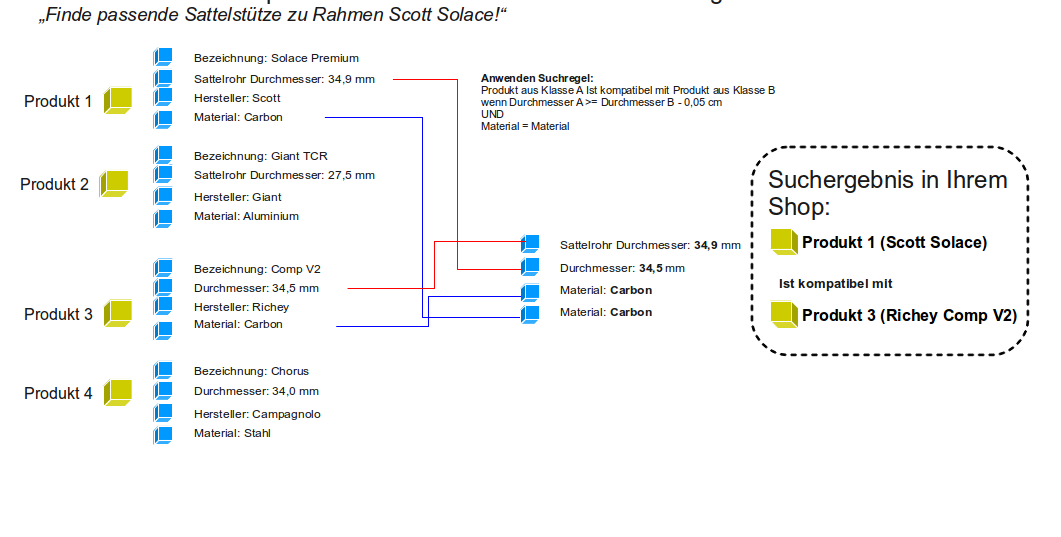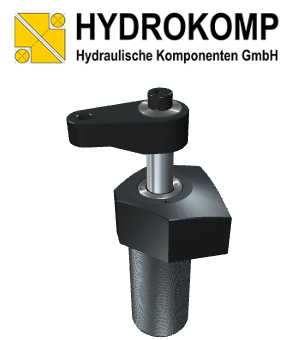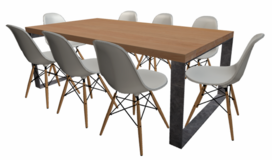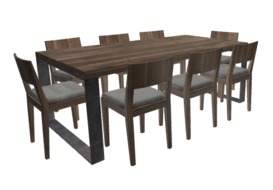What is a Product Configurator?
A Product Configurator supports – as the name implies – the configuration of products based on components. Such components can include parts, combinable individual products, options or even services. They can be selected and combined with each other via the configurator. During the selection process, the properties of components are checked for compatibility. The checks are based on configuration rules accessible to the configurator. This means that the configuration rules define the number of configuration options.
Configuration rules
As can be seen from the definition, a Product configurator works only if combination rules for the existing components are created. In practice, rules are most often defined in three areas:
Class-related rules
These rules determine the component classes that may be combined with each other. Example: Component class “Wheel” can be combined with component class "Tire".
Property-related rules
These rules determine which properties of the component classes can be combined with each other and in what way. Example: “Exterior wheel width” can be combined with “Interior tire width”.
General logic
The foregoing is in most cases supplemented by general rules that are higher-level rules with respect to the component class or property rule sets and limit the admissibility of component combinations.
Example for a Product Configuration:
The product has been completely defined, but the total weight resulting from the combination of all components is too high for, e.g., reasons of logistics. In this case, the rule can eventually reject the entire configuration.
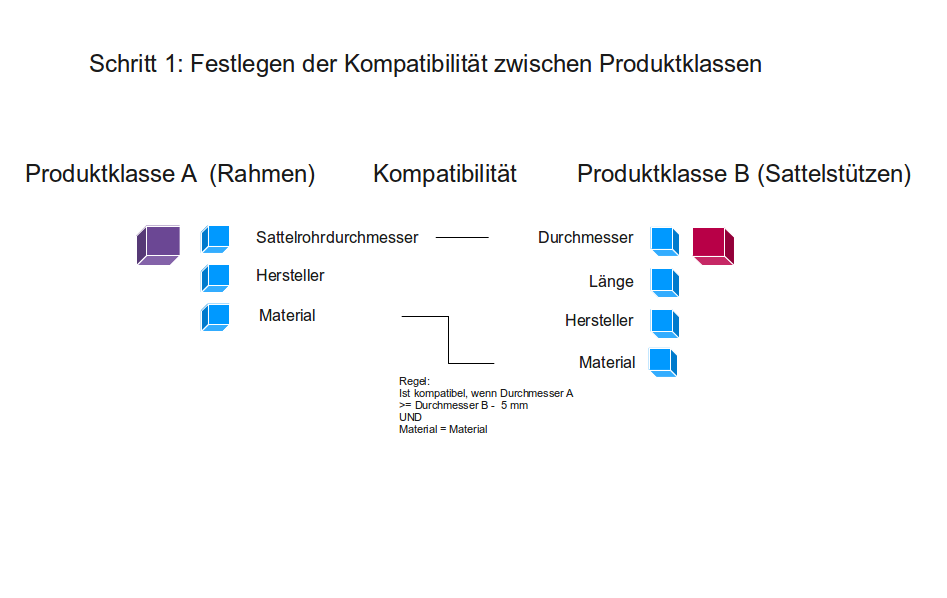
High amount of variants – when should Product Configurators come in?
Product Configurators are required in cases, where the number of the possible – and necessary – product variants is too high due to the variety of options to combine components and their properties.
This condition can occur relatively quickly – as the following example makes clear:
Let’s assume a product consists of several combinable components, of which each can have their own variations.
Here are some scenarios to get an idea of the resulting amount of possible products:
Example calculations:
Product consists of 3 components, each of which has 4 variations: 4³ = 64
4 components with 5 variations: 5⁴ = 625
5 components with 5 variations: 5⁵ = 3,125
6 components with 5 variations: 5⁶ = 15,625
7 components with 5 variations: 5⁷ = 78,125
In our example, it is not taken into account that the number of possible variations of a component may well be much higher than the 5 variations we assumed. If we develop the example further, it becomes clear that complex products consisting of several components, which each have several different properties, cannot be maintained and represented as single products what makes the generation of products through Product Configurators inevitable. No company can or wants to manually create, maintain and ossibly localize thousands or hundreds of thousands of possible variations of a single product.
Data maintenance – what has to be maintained?
If products are made available via a Product Configurator the maintenance effort for the company is limited to the clean definition of product components and on the establishment and the development of the rules for their combination. For this task, special business software is offered that has been designed exclusively for the acquisition of data for Product Configurators. The software for an easy maintenance of components and the definition of rules for the Configurator is thus at the heart of the product configuration process.
Software for Product Configuration
- Alterra PCM (Product Configuration Manager)
- Alterra VC (Variant Configuration)
Data output to shop or website
If the data is available as described, a Product Configurator can suggest the possible product components within a webshop or website to a customer or member of the sales staff, respond to selections made by them and finally sum up and show the desired result – and offer it for order.
Special case: Sample products for visualization
To give customers an idea of the possible end products of a product configuration, it is in some cases no bad idea to show example variants. The question in this context is, how these sample products can be generated automatically and in a way that makes sense? One approach to solving this issue is to manually limit the variations. With reference to our sample calculation above, this would mean that we “tell” the software to only show the product consisting of 4 components with 2 variations per component, i.e.: 2⁴ = 16. This number of product variations can be presented on a website, in a product catalog or a product data sheet. See our reference project for this scenario: Thermokon Sensortechnik
Benefits of Product Configurators
Product Configurators provide a competitive edge for manufacturers and sellers – both on the Internet and for traditional sales.
- Simplifying the configuration of products for development, sales and Internet.
- Searching and finding compatible components becomes faster.
- Even complex products can be configured by the customers themselves.
- Expert knowledge of matching components can be multiplied.
- Offers match the customer's needs in the best possible way.
- Customer satisfaction is increased.
- The sales organization is relieved of a part of the workload.
Examples of Product Configurators
For end customers:
- Car configurator
- Bike configurator
- PC configurator
- Furniture configurator
For business:
- Product configuration in product development
- Product configuration in product design
- Product configuration in manufacturing
- Product configuration in the construction industry
Contact
Sepia GmbH & Co. KG
Ernst-Gnoss-Strasse 22
D-40219 Düsseldorf - Germany
Phone: +49 211 51 419 75
Phone alternative: +49 211 74 958 712 0
E-Mail: info@sepia.de
Looking for consultation or a web demo?
Get it here.
Configurator-Software for Hydraulic Components
Product-Configurator with 3D-Model, generated SLU, CAD-Data and Order-Request.
3D-Configurator for Furniture
Example: dining table. Design, width, depth, material and chairs are configurable. Dynamic price calculation.
Projektberichte
Lesen Sie diese Projektberichte über die Integration von Alterra PIM:
- Segmüller
- abholen.de von EDEKA
- Toshiba Europe
- Messer Group
- WENKO Wohnideen
- Thermokon Sensortechnik
- Halfen Group
- M+W Dental
- Stahlwille
- WASI
- Rudolf Müller Verlag
Diese international operierenden Unternehmen haben mit Hilfe von Alterra PIM erfolgreich ihr Produktdaten-Management verbessert.

